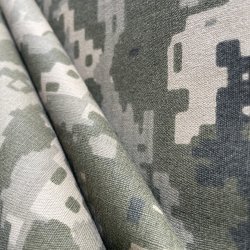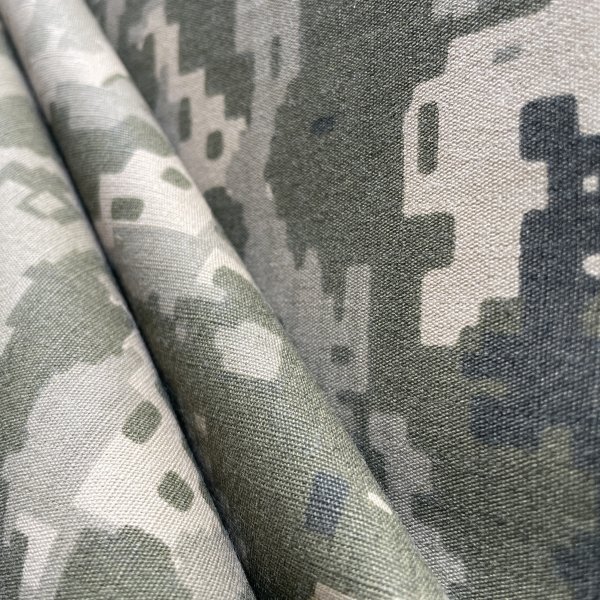Ripstop
The English word "ripstop" means "unbreakable". As can be understood from here, the distinguishing feature of this fabric is its tear-proof structure.
The tear-proof structure emerges with the special knitting technique used in production. In the knitting of the ripstop fabric, the threads are positioned crosswise and tightly. This technique creates tiny square patterns on the fabric. Square-shaped webbing cells prevent the hole from growing in cases such as a puncture.
Today, ripstop material can be produced from various yarns such as cotton, polyester, polyester-cotton blend and nylon-cotton blend, in different weights. The properties of the fabric are affected by the types of yarn used in production. When necessary, this fabric can be provided with features such as non-flammability and anti-static.
Where is Ripstop Fabric Used?
Ripstop fabric is used in almost every area where durability is vital. The industrial field is one of them.
In work environments where there are mechanical risks such as cuts and punctures, body protective equipment made of ripstop fabric prevents the body from being exposed to risk factors.
We also encounter ripstop fabric in situations that require fighting against the challenging conditions of nature. For outdoor sports and camping, the ripstop fabric provides puncture and cut resistance, as well as protection against wind, precipitation and cold.
In addition to these, this superior fabric is also found in military clothing, medical clothing, hotels and restaurants. Ripstop fabric can be used not only in clothes, but also in carrier products such as backpacks.


